Gearboxes are important mechanical devices. If you know anything about industrial machinery, you've definitely heard this term. They play a crucial role as a transmission device in many industrial applications. But for non-professionals, understanding how gearboxes work and their structure can be tough. In this article, we'll explain the basic principles and structure of gearboxes to help those who want to delve deeper into understanding them.
First off, the working principle of gearboxes:
1.1 Rolling of the Earth
A gearbox is a device driven by a high-speed input that drives an output shaft. It's usually designed as a large gear in a geometric shape, with the number of teeth equal to the input gear. The working principle of gears can be simply described as a "rolling of the Earth" method, where the rotation of the input shaft gear causes the rotation of the output shaft gear.
1.2 Working of Helical Gears
Helical gears are rotating mechanical gears you might have seen. They have an angle and can mesh with both the input and output shaft gears. When the speed of the helical gear is higher than the input shaft gear, it rotates the output shaft gear in the opposite direction. This working method allows the gearbox to provide higher output torque in a smaller size, making it more effective in many applications.
1.3 Operation of Planetary Gears
Planetary gears are considered the most commonly used gearbox mechanism. It consists of a circular gear (sun gear) and several gears (planet gears) rotating around it. The planet gears also have a revolving axis, allowing them to rotate around the sun gear. The sun gear can rotate at a certain speed, and the planet gears rotating synchronously with the sun gear will rotate at a slower speed.
The working principle of gearboxes is to convert high-speed input into low-speed and high-torque output. Different types of gearboxes can provide different speed and torque outputs. Next, we'll detail the structure of gearboxes.
The structure of gearboxes:
1.1 Spur Gear Reducer
Spur gear reducers are super common in the machinery driving processes at factories. They use two similar gears installed on two similar shafts to transmit power and reduce speed. This kind of reducer has a lever and a cam, as well as some ball bearings.
Spur gear reducers can provide various reduction ratios, thus offering appropriate speeds for different machines, vehicles, and equipment. They are easy to maintain and have a long lifespan.
1.2 Planetary Gearbox
A planetary gearbox is a reducer structure usually used to meet the demand for high torque and low-speed output. It consists of a circular gear (sun gear) and several gears (planet gears) rotating around it. In this system, the input shaft rotates the sun gear, and the planet gears slide between the sun gear and a fixed support, thereby changing the speed and torque of the output shaft.
For applications requiring high torque and low-speed output, a planetary gearbox is a great solution. It's highly durable and reliable.
1.3 Bevel Gear Reducer
Bevel gear reducers typically use right-angle transmission to meet high torque requirements. They consist of two intersecting shafts at right angles. One shaft has a driving gear installed to rotate one of the two bevel gears. The other side of each bevel gear meshes with the output shaft, achieving the task of rotating the output shaft. Bevel gear reducers have high reliability and durability, and they work well under very high loads.
1.4 Spiral Bevel Gear Reducer
A spiral bevel gear reducer is a complex reducer structure consisting of bevel gears, spiral gears, fitting shafts, and couplings. If you need to output larger torque in high-load and low-speed environments, this type of reducer is a great choice. Additionally, due to its complex structure, spiral bevel gear reducers usually have higher costs.
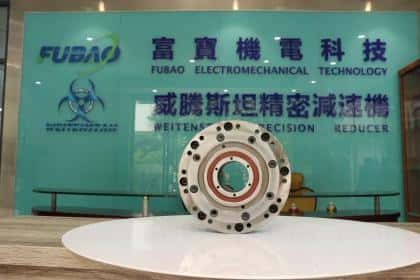
 English
English Deutsch
Deutsch Русский
Русский Español
Español
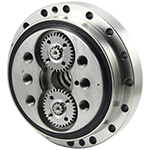
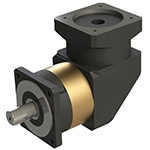
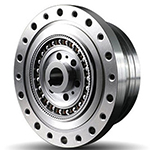
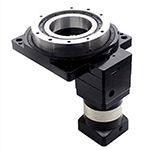
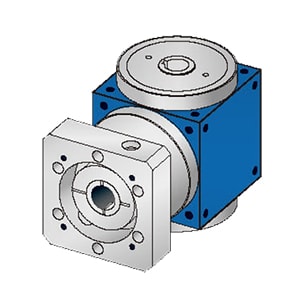
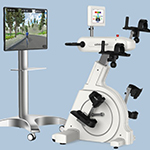
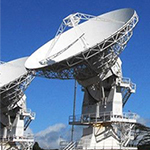
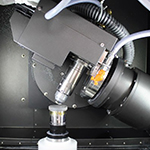
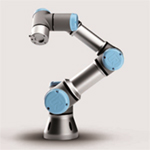
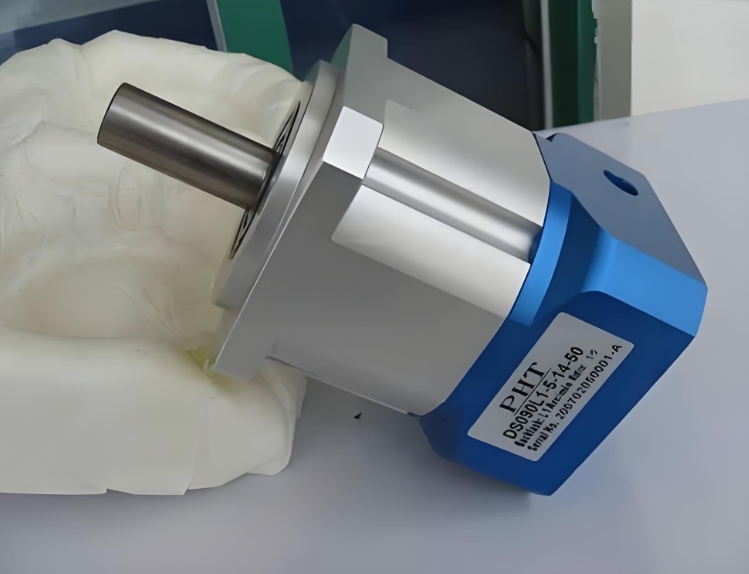
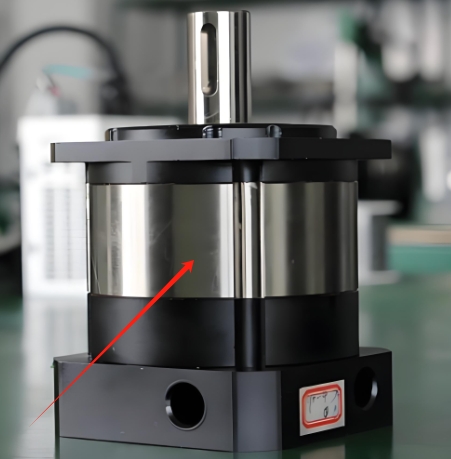
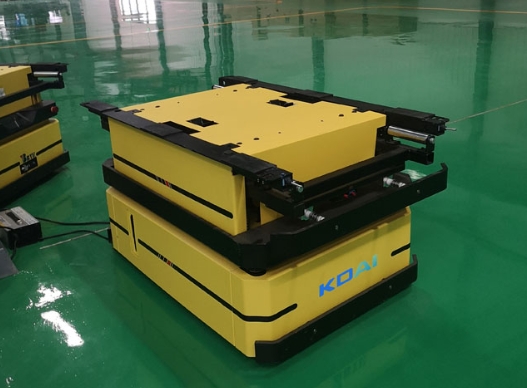
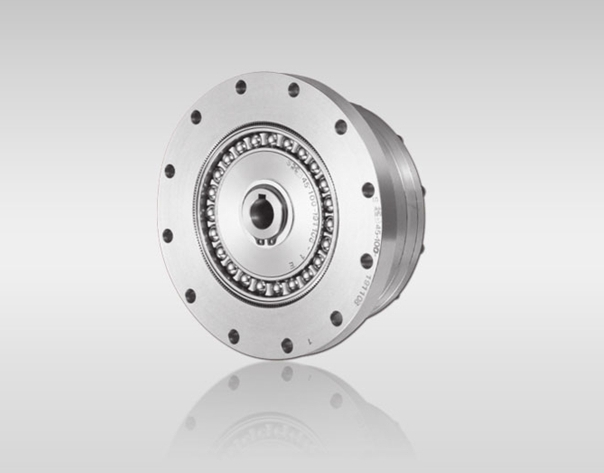
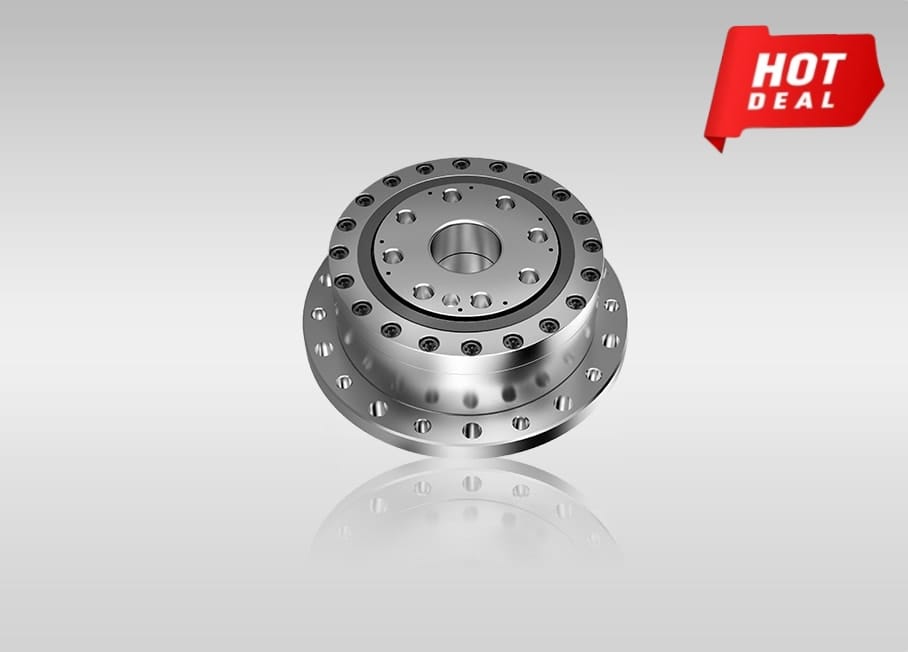
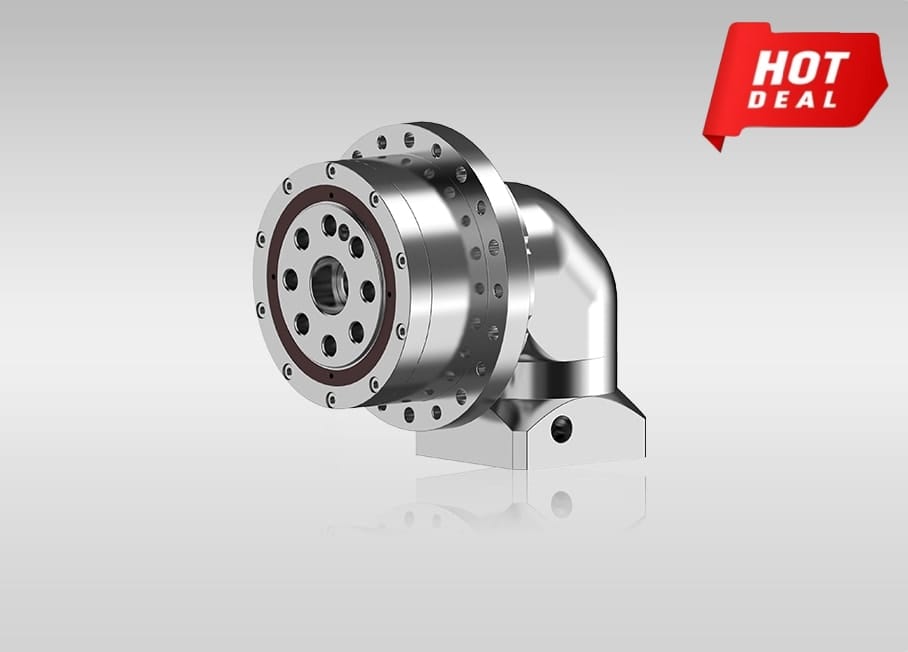
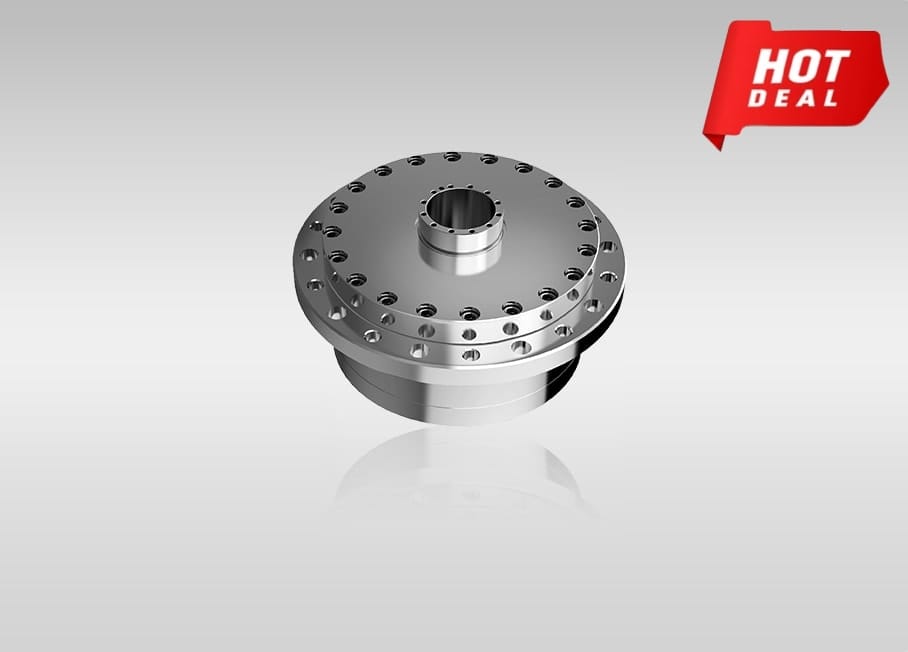
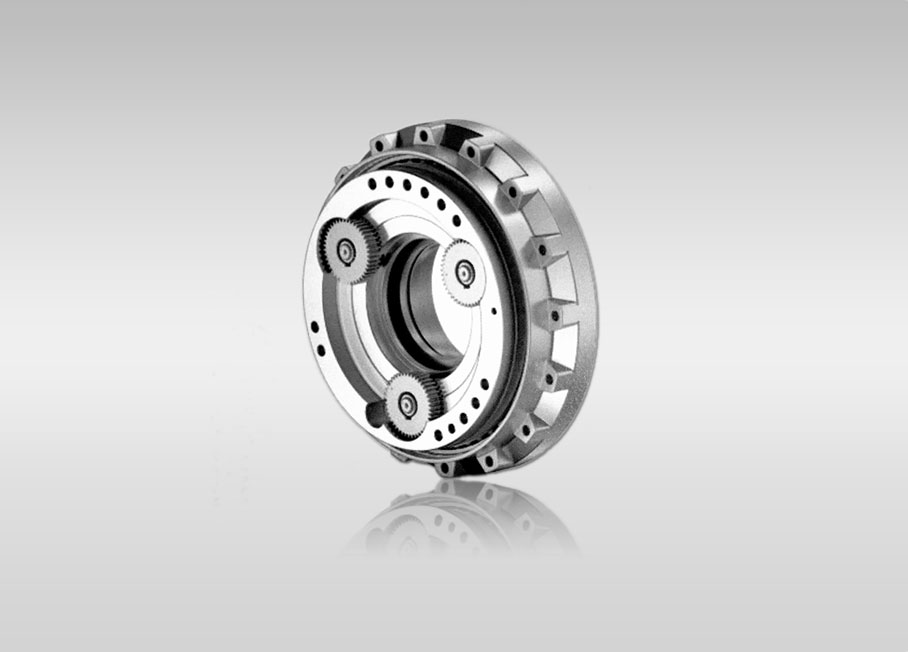
Quote Now